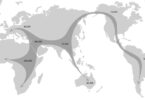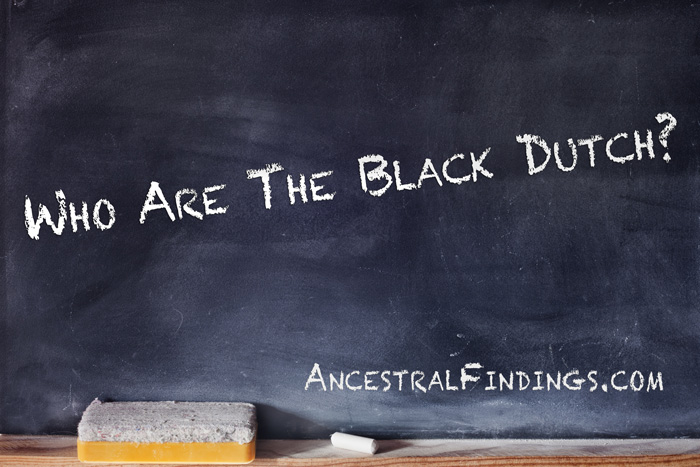Have you ever wondered how your ancestors ended up where they did? Why they chose to settle in one place over another? Family migration history is a rich and fascinating subject, filled with stories of resilience, opportunity, and sometimes even hardship. Tracing your family’s migratory patterns not only helps you understand their journey but also strengthens your connection to your cultural heritage.
By following a few research techniques and using available resources, you can uncover the paths your ancestors took, the reasons behind their movements, and the lasting impact of their decisions. Whether your family moved across the ocean, across a country, or even just across a state, every migration story is part of a larger history.
Why Understanding Your Family’s Migration History Matters
Migration is a fundamental part of the human experience. Throughout history, people have moved for countless reasons—seeking better opportunities, escaping conflicts, following family members, or being forced to leave their homes due to political or economic changes. By learning about your ancestors’ migrations, you gain:
- A deeper appreciation for their struggles and sacrifices.
- A better understanding of the cultural influences that shaped your family.
- Insights into how major historical events impacted your ancestors.
Your family’s journey is more than a series of dates and locations—it’s a living story that continues through you. Understanding this history allows you to honor those who came before you while preserving their memory for future generations.
Getting Started with Your Research
If you’re just beginning your journey into family migration history, start with what you know. Every family has stories, even if they’ve been passed down in fragments. The key is to gather as much information as possible and then verify and expand on those details through records and research tools.
1. Talk to Family Members
One of the best ways to begin is by speaking with older relatives. Grandparents, great-aunts and uncles, and even cousins may hold valuable pieces of the puzzle. Ask questions such as:
- Where did our family originally come from?
- Do you know any stories about why they moved?
- Were there any major events that influenced their decision to relocate?
Even small details—like a recalled ship name, a city of origin, or a family trade—can serve as critical clues in your research.
2. Search for Family Records
Family records can provide concrete evidence of migration patterns. Look for:
- Birth, marriage, and death certificates
- Immigration and naturalization papers
- Census records
- Military service records
- Passenger lists and travel documents
Many of these records contain addresses, dates, and other details that can help you track movement from one place to another.
3. Use Online Genealogy Resources
Thanks to digitization, many historical documents are available online. Websites such as MyHeritage, FamilySearch, and Ancestry provide access to immigration records, census data, and even old newspapers that might mention your ancestors. DNA testing can also be a useful tool for understanding ethnic backgrounds and migration patterns.
Exploring Your Ancestors’ Journeys
Once you have gathered some foundational information, you can start piecing together the actual routes your ancestors took. Migration patterns often align with historical events, economic changes, and social movements. Understanding these contexts can help explain why your ancestors left one place for another.
1. Mapping Migration Routes
Using old maps, ship manifests, and land records, you can trace how your family traveled. Did they come through Ellis Island? Did they move westward on a pioneer trail? Did they leave one country for another due to war or political shifts?
Historical immigration ports, such as:
- Ellis Island (New York)
- Castle Garden (New York)
- Galveston (Texas)
- Angel Island (California)
…were common entry points for immigrants to the United States. If your family’s migration was within a country, look for railroad routes, homestead records, or wartime relocation patterns that might explain their movements.
2. Researching the Historical and Political Context
Understanding the historical backdrop of your ancestors’ migrations can provide valuable insights. Some common reasons families moved include:
- Economic downturns (e.g., the Irish Potato Famine led to mass emigration in the 1840s)
- Wars and conflicts (many families fled during both World Wars)
- Government policies (such as land grants that encouraged westward migration in the U.S.)
- Industrialization and job opportunities in cities
Researching the time period in which your ancestors moved can help you better understand their motivations and the challenges they faced.
3. Challenges and Opportunities Faced by Migrants
Migration often came with significant difficulties. Many immigrants had to learn a new language, adjust to unfamiliar customs, and sometimes endure discrimination. Others had to work under difficult conditions just to provide for their families. At the same time, migration often brought opportunities—land ownership, better jobs, religious freedom, and new beginnings.
Looking into the industries that employed migrants during different periods can be revealing. For example, Irish immigrants often worked on railroads, while Italian immigrants might have been involved in stone-cutting or construction. Recognizing these patterns helps you connect with your ancestors’ everyday lives.
The Impact of Migration on Your Family
Your family’s migration history has likely shaped the traditions, values, and even the dialects spoken in your household today. Migration influences everything from the foods we eat to the way we celebrate holidays.
By tracing these movements, you can see how different cultures and experiences merged to create your family’s unique identity. Perhaps your family’s faith, work ethic, or community ties can be traced back to the circumstances of their migration.
Another lasting impact is found in surnames and naming traditions. Many immigrants altered their last names upon arrival in a new country to blend in or to make pronunciation easier. Researching name changes can sometimes reveal hidden connections to your ancestral homeland.
Sharing Your Family’s Story
Once you have compiled research on your family’s migration, consider ways to document and share it with others. Preserving these stories ensures that future generations will have a record of where they came from and the sacrifices made along the way.
1. Create a Family Tree or Timeline
Visualizing migration patterns through a timeline or map can make the journey more tangible. Many online genealogy platforms allow you to create interactive family trees, incorporating historical records and photographs.
2. Write Down Stories
If you’ve uncovered compelling stories, write them down. A journal, family history book, or even a simple collection of stories shared among relatives can keep the memories alive.
3. Consider Digital Preservation
With today’s technology, it’s easier than ever to create a blog, website, or even a private social media group where family members can contribute stories, share photos, and collaborate on research. These digital spaces can serve as a permanent archive of your family history.
Conclusion
Tracing your family’s migration history is an enriching journey that meaningfully connects you to your past. By researching their movements, understanding the historical contexts, and sharing their stories, you ensure their legacy lives on.
Every migration story is about resilience, adaptation, and the search for a better life. Whether your ancestors traveled thousands of miles or just a few towns over, their choices shaped the world you live in today.
Now is the time to uncover those stories, preserve them, and pass them down—so that future generations will understand the incredible journeys that brought them to where they are now.






